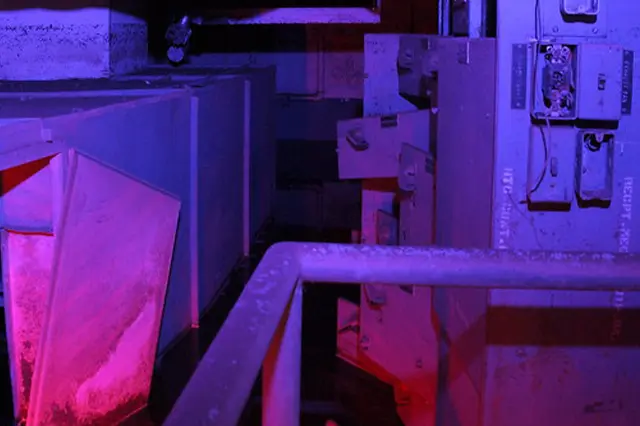
Can you fix electric heaters?
There’s something about the sound of an electric heater warming up that just feels cozy. And in the colder months, it can be a life-saver. But what happens when your heater doesn’t work? In this blog post, we will explore some common problems with electric heaters and how you can fix them. From blown fuses to clogged filters, we’ll cover everything you need to know in order to get your heater up and running like new again.
What are the potential problems with electric heaters?
Electric heaters have a lot of potential problems that could lead to them not working properly. Some of the common problems with electric heaters include:
-A blown fuse or tripped circuit breaker
-Damaged insulation on the wire harness
-Faulty wiring
-Malfunctioning thermostat
-Electrical issues in the house
-Incorrect installation
How can you fix electric heaters?
Electric heaters work by using a heating element to produce heat. When the electric heater is not in use, the power to the heating element is turned off. This can cause the heating element to overheat and eventually break down.
There are a few ways to fix electric heaters. You can replace the heating element, replace the wiring, or replace the entire unit. The most common way to fix an electric heater is to replace the heating element.
If you are having trouble with your electric heater, it is always best to call a technician. A technician can check the wiring and replace the heating element if needed.
Fixing electric heaters
Electric heaters use electric power to generate heat. If the electric heater is not working, there are a few things you can do to try and fix it. There are three main problems that can cause an electric heater to not work: 1) a bad motor, 2) a bad switch, or 3) a damaged cord. Here are some tips on how to troubleshoot each of these problems:
1. Motor problem – If the electric heater does not turn on at all, the first thing to check is the motor. Check the wires connecting the motor to the switch and make sure they are properly connected. If the motor turns freely when you turn the switch on and off, then it is likely that the wires are connected correctly. However, if there is resistance when trying to turn the motor, then there may be a problem with the connection. In this case, you may need to replace the motor.
2. Switch problem – If your electric heater does not turn on at all, but the switch seems to be working fine, then there may be a problem with the switch. To test whether or not there is a problem with the switch, turn off both power sources (the breaker and electricity going into your home) and try turning on your electric heater again. If your electric heater turns on now despite having no power coming in, then there is likely a problem with either the switch or something inside of your electrical installation (like a wire). In this case, you may need to replace the switch.
3. Cords – If your electric heater does not turn on at all, but the cord seems to be working fine, then there may be a problem with the cord. To test whether or not there is a problem with the cord, unplug the electric heater from the wall and try turning it on again. If your electric heater turns on now despite having no power going in, then there is likely a problem with either the cord or something inside of your electrical installation (like a wire). In this case, you may need to replace the cord.
If none of these tips work, then your electric heater may need to be replaced.
What are the different types of electric heaters?
There are a few different types of electric heaters, and each has its own unique features and benefits. Here are the three main types of electric heaters: induction, convection, and radiant.
Induction heaters use a magnetic field to create a hot spot in the air near the heater. This heat is then transferred to the objects being heated through conduction. Convection heaters work similarly to an oven, using warm air circulating around the heater to generate heat. Radiant heaters use light instead of electricity to create warmth. They work best on flat surfaces like floors or walls.
There are a variety of other types of electric heaters, but these are the three main types. Each type has its own advantages and disadvantages, so it’s important to choose the one that will work best for your needs.
If you’re looking for an electric heater that will generate a lot of heat quickly, an induction heater might be the best option for you. They’re also versatile and can be used in a variety of different settings, so they’re a good choice for anyone. However, induction heaters can be more expensive than other types of electric heaters, and they don’t work well on very cold days.
If you’re looking for a heater that will be more affordable but still provide good heat coverage, a convection heater might be the best option for you. They’re also easy to use and can be installed in minutes, so they’re perfect if you need an electric heater quickly. However, convection heaters are less powerful than other types of electric heaters, so they may not be able to warm up large areas quickly.
If you’re looking for a heater that will provide good warmth without having to spend a lot of money, a radiant heater might be the best option for you. They’re also easy to use and can be placed almost anywhere in your home. However, radiant heaters tend to produce less heat than other types of electric heaters, so they may not be ideal if you need to warm up a large area quickly.
